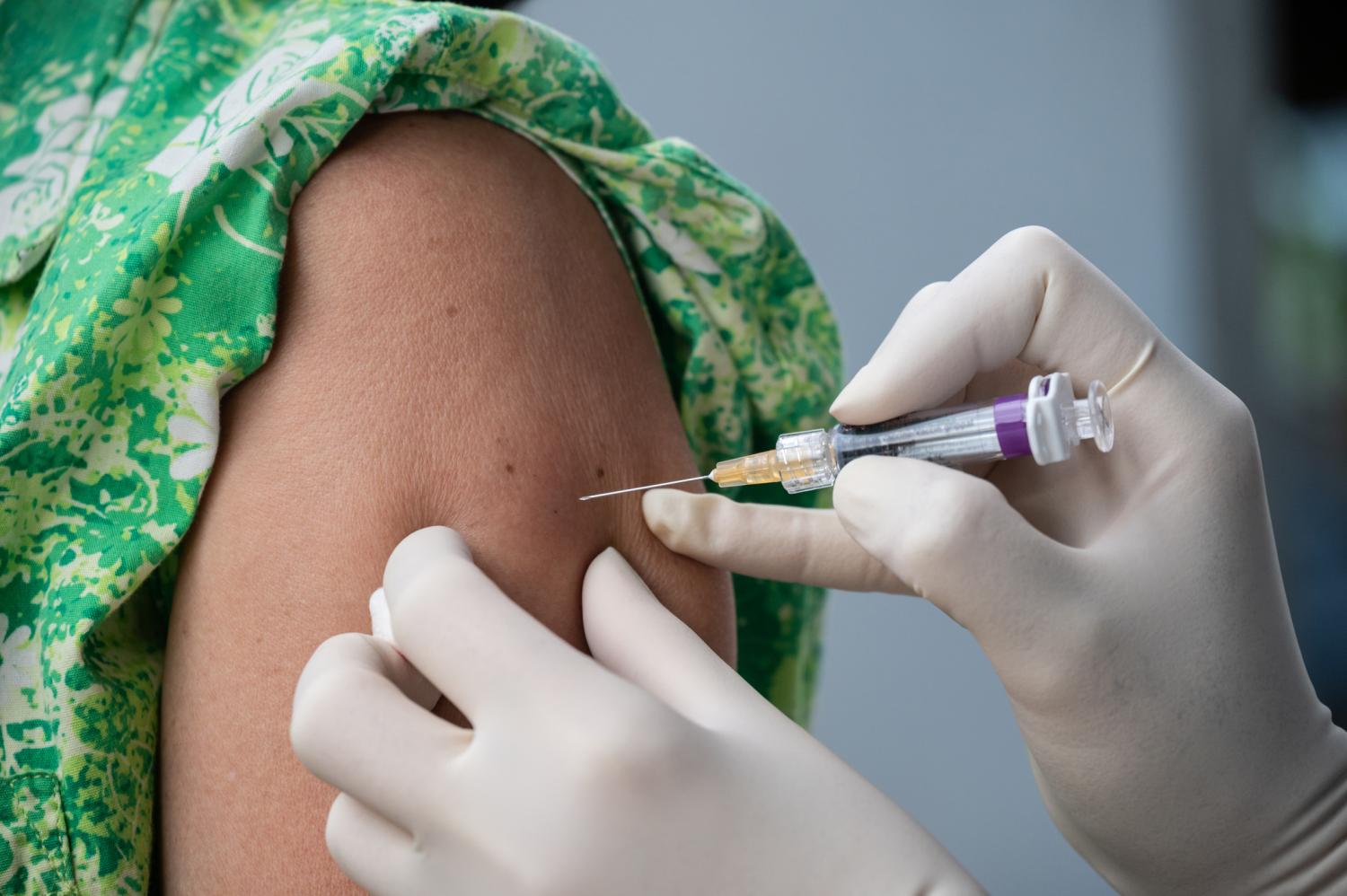New Minnesota breakthrough COVID-19 data backs boosters’ protection – Star Tribune


COVID-19 vaccine boosters have lowered rates of hospitalizations and deaths in Minnesota, according to new state breakthrough data that for the first time compared pandemic outcomes by detailed vaccination status.
Protection was greatest among seniors, who if unvaccinated were 1.6 times more likely over the past 60 days to be hospitalized with COVID-19 than fully vaccinated people. And unvaccinated seniors were 4.9 times more likely to be hospitalized than seniors who received scheduled boosters, the state reported.
While real-time breakthrough data isn’t a substitute for studies of vaccine efficacy, Minnesota Department of Health leaders said it hopefully motivates people to stay current with their shots and reduce their COVID-19 risks.
“This is just a piece of the puzzle,” said Stephanie Meyer, an epidemiology supervisor in the health department’s COVID-19 section. “We’re trying to be transparent and get information out there so people know what we’re seeing when they’re trying make decisions about what to do and what COVID looks like in the community right now.”
The new breakthrough data comes amid elevated COVID-19 case numbers in Minnesota but also hopes of a peak in the latest wave and another summer of reduced pandemic activity.
The state reported another 2,152 infections on Monday, but preliminary data suggests the seven-day average of new infections might have peaked two weeks ago. The 422 COVID-19 hospitalizations in Minnesota on Friday included 36 people needing intensive care, but both daily numbers have leveled off over the past week.
Analysis of sewage samples offers a split view of the pandemic wave — with the Metropolitan Wastewater Treatment Plant in St. Paul showing a 58% increase in viral load last week but plants in greater Minnesota showing some leveling off or even declines in their wastewater.
“If COVID chooses to behave as a regular respiratory disease, we will see it sort of peter out over the summer months,” Meyer said, “and we will have some time here before we have another wave in the winter.”
Minnesota on Monday reported nine COVID-19 deaths, including eight in seniors who have made up more than 80% of the state’s 12,596 deaths in the pandemic. Younger adults had made up a larger proportion of COVID-19 deaths during this winter’s delta and omicron pandemic waves, but they have been at less risk in the spring wave.
Minnesota until now had only compared COVID-19 outcomes by whether people were unvaccinated or fully vaccinated, meaning they had completed the initial one- or two-dose series. But the fully vaccinated group included many people with diminished immunity who had received initial shots months ago but declined boosters when recommended. Comparing outcomes by booster status offers a clearer indication of whether the vaccine is offering protection.
The raw numbers from week to week show all three groups have risks, particularly from circulating coronavirus variants that have shown more potential to break through immunity. In the first week of May, the state reported new COVID-19 hospital admissions of 173 adults who had received boosters, 89 who were fully vaccinated, and 129 who were unvaccinated. But the smaller sizes of the fully vaccinated and unvaccinated populations meant their hospitalization risks were higher.
Health officials believe vaccinations and record infections during this winter’s pandemic waves produced immunity levels that are protecting Minnesotans now against severe COVID-19 illness. Doctors are reporting that a higher share of COVID-19 hospitalizations involve people who were admitted for other reasons and only discovered they were infected upon routine screening.
Immunity levels by infection or vaccination wane within months, though, especially if new coronavirus variants emerge. Genomic sequencing of positive specimens and wastewater surveillance last week identified the first signs of the BA.4 and BA.5 subvariants that produced another COVID-19 surge in South Africa.
Minnesota’s vaccination progress has stagnated — with the state reporting for weeks that 49% of residents five and older are up to date with their shots. New vaccine recipients are being offset by existing recipients who decline first booster doses when recommended to maintain immunity levels.
Minnesota saw an increase in COVID-19 vaccine doses administered, from 100,367 in March to 284,310 in April, but mostly among people taking advantage of the option of second boosters. The Centers for Disease Control and Prevention permitted the additional boosters for people who are 50 and older, have weakened immune systems, or have only received the less-effective Johnson & Johnson vaccine.
More than 144,000 doses have been administered so far in May.



